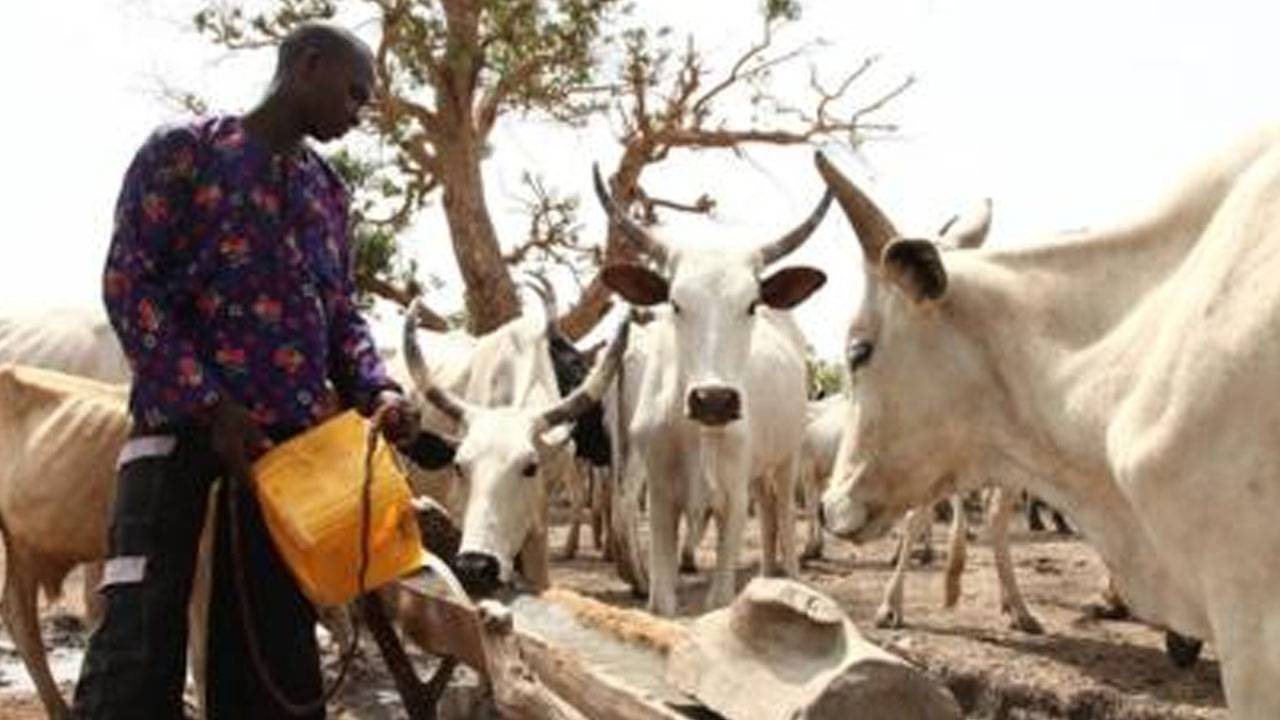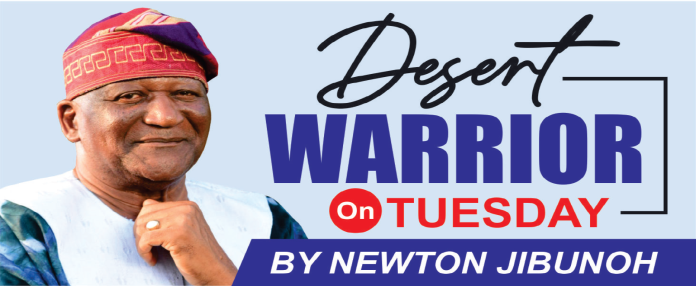BY NEWTON JIBUNOH
IN an age of urban sprawl and digital connectivity, we often overlook the ancient rhythms of nomadic life, the quiet resilience, the environmental sensitivity, and the migratory instincts born out of necessity rather than convenience. My journey to understand desertification took me far from cities and closer to the sands: living with the Bedouins in the Negev of Israel, trekking with herders across the Gobi in China, traversing the sun-scorched terrains of Arizona and Nevada in the USA, and camping under the stars in Nigeria’s own Saharan edge in Danbatta, Kano State. It is from this vantage point the edge of civilization and nature that I began to question: is transitioning from nomadic life to urban living a feasible mission, or is it, indeed, impossible?

Desertification is not merely the spreading of deserts; it’s the degradation of land in arid and semi-arid regions due to climate change and human activities. Across continents, I witnessed the silent advance of deserts not as a force of nature alone, but as the consequence of disrupted ecosystems, overgrazing, poor water management, and deforestation.
In the Negev Desert of Israel, I observed how advanced irrigation systems and reforestation efforts are attempting to hold back the desert’s expansion. Here, the Bedouins, once fully nomadic, now grapple with semi-urban lives, often marginalized from modern economic systems. Still, they preserve valuable knowledge of land stewardship.
In China’s Gobi Desert, shifting sands consume farmlands at alarming rates. The Chinese government has responded with ambitious “green wall” projects tree planting belts stretching for thousands of kilometers. Yet, nomadic Mongol herders struggle to retain grazing lands, pressured by modernization and government resettlement programs.
In Arizona and Nevada, indigenous communities confront desertification not through migration but through legal battles over water rights and land conservation. These deserts, while more economically developed, still show how fragile urban life can be when pitted against ecological realities.
Back home in Nigeria, particularly in Danbatta, Kano State, the desert is no longer distant. It encroaches with every dry season, threatening farmlands, displacing communities, and challenging national food security. In Makoda, although not in the core desert zone, awareness of this encroachment drives efforts in education, tree planting, and water management.
Nomadic to urbanization is a paradoxical concept that challenges the conventional understanding of both “nomadism” and “urbanization.” Traditionally, nomadism is associated with constant mobility, impermanence, and fluidity often linked to pastoral tribes or migratory cultures that rely on seasonal movement for survival. Urbanization, on the other hand, isdefinedbypermanence, infrastructure, and dense, settled populations. Combining these two opposing forces creates a contradictory scenario, hence the notion of “mission impossible.”
The life of a nomad is one of the most profound and revealing ways to understand the essence of human existence. Removed from the comforts and routines of urban living, the nomadic experience places you in direct contact with nature its extremes, its beauty, and its silence. It strips away distractions and artificial constructs, allowing you to see yourself more clearly: your instincts, your resilience, your fragility, and your strength. In the absence of walls and convenience, you begin to rediscover the most basic human traits, adaptability, observation, intuition, and a deep dependence on the natural world.
Living among nomadic communities, such as the Bedouins in the Middle East, the Tuareg in the Sahara reveals how humans have historically co-existed with hostile environments not through domination, but through adaptation. These groups have survived for centuries in some of the most inhospitable terrains on Earth, deserts with annual rainfall of less than 100mm, where temperatures soar beyond 45°C (113°F) by day and plummet sharply at night. Yet they thrive using knowledge passed through generations: how to find hidden water sources, interpret the stars for navigation, read the wind patterns, and care for animals that sustain them; primarily camels, donkeys, goats, and sheep.
Far from the noise of modern cities, you find yourself in vast, clean, open landscapes thousands of miles of undulating dunes and bare sand, with little or no vegetation. These seemingly barren places possess a sacred kind of silence, broken only by the wind or the gentle rhythm of animals walking. In such settings, time slows down. With no screens, no traffic, and no buildings to block your view, your awareness sharpens. You begin to notice how the sun moves, how the air shifts, how distance is measured not in kilometers but in survival checkpoints, shade, water, shelter.
This raw environment also reinforces a profound contrast between humans and the other inhabitants of the Earth. Most animals in the desert adapt biologically to their environment relying on instincts and evolutionary traits. Humans, by contrast, adapt intellectually and socially. We build tools, develop social systems, transmit knowledge orally or through symbols, and create portable cultures that can thrive even in isolation. Nomads exemplify this. They do not just survive the desert; they carry identity, language, memory, and tradition across the sands.
To live even briefly as a nomad is to understand that identity is not defined by location, but by relationship to land, to people, to tradition, and to survival itself. In a world increasingly obsessed with comfort, speed, and control, nomadism reminds us of an ancient truth: that freedom, self-knowledge, and resilience are often born in the absence of control, in the embrace of uncertainty, and in the silent, spacious embrace of the land.
The concept of nomadic to urbanization crumbles when placed against the backdrop of groups such as Fulani herdsmen, wandering herdsmen, and rural bandits. These are populations defined not just by movement, but by a deep cultural and historical attachment to mobility, fluid boundaries, and resistance to fixed authority. Organizing such groups into the rigid structure of urban life is not only unrealistic; it is, in many cases, impossible.
Take the Fulani herdsmen for example. Their way of life is centered around cattle-rearing, and their survival depends on moving from place to place in search of grazing land and water. This lifestyle is ancient, self-sustaining, and deeply resistant to sedentary living. Attempting to settle such groups in permanent urban centers not only threatens their identity but also often leads to conflict over land, resources, and belonging. Urban life demands structure, laws, taxation, and social responsibilities; concepts that don’t align easily with the decentralized, clan-based autonomy of nomadic communities.
Across parts of Africa and beyond, insecurity now defines many rural regions. Banditry, armed militias, and organized crime have flourished in the shadows, borderlands, forests, and sparsely populated areas that exist outside the reach of the government. These are the gaps between maps and reality, where control is theoretical and lawlessness becomes a way of life. Some of these actors emerge from formerly nomadic groups. Initially pastoralists seeking grazing land, they are pushed.


